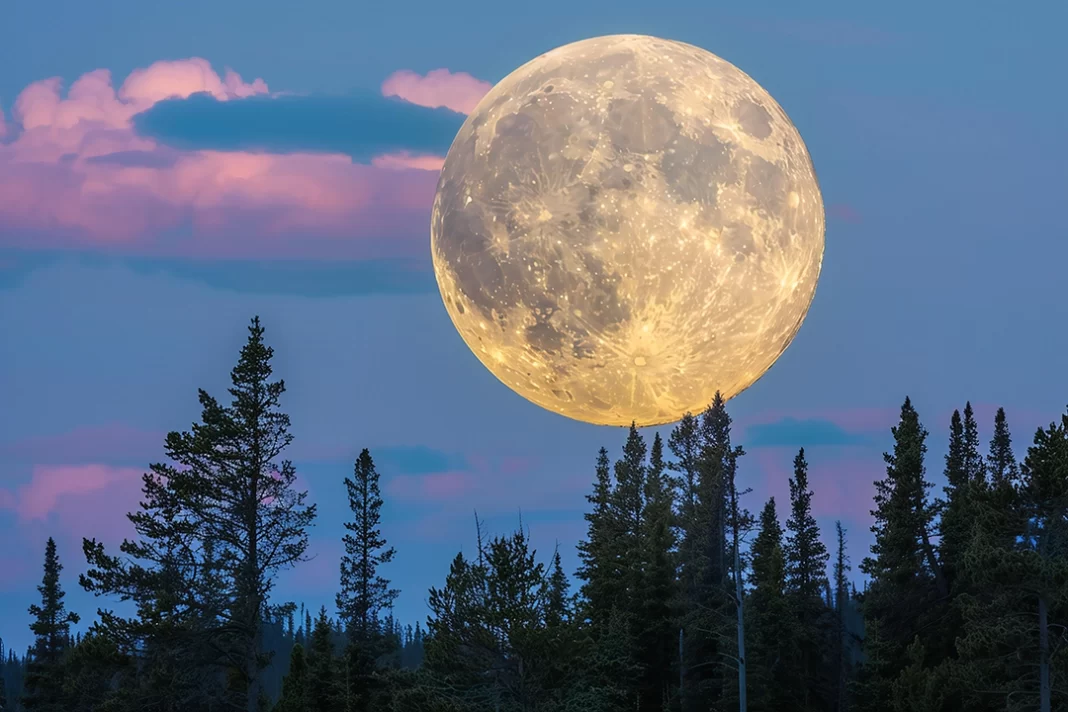Photography enthusiasts and stargazers can look forward to a special event this week. A “blue” supermoon will brighten skies across the globe, and those in New Zealand will have a chance to see it if the weather cooperates.
NASA has pinpointed the occurrence of the supermoon on Tuesday, 20 August, at 4:26 AM EST, which corresponds to around dusk in New Zealand. The moon will rise around 6 PM, and due to an optical illusion, it will appear larger when it’s low on the horizon. While Tuesday night is the best time to witness this sturgeon supermoon, it will remain impressive on the nights and early mornings surrounding that date.
The term “supermoon” refers to when the Moon, during its full or new phase, is near its closest approach to Earth, appearing larger and brighter in the sky. This phenomenon happens because the Moon’s orbit is not perfectly circular, bringing it closer to Earth at certain times.
The name “sturgeon supermoon” comes from the tradition of naming full moons, a practice traced back to the Old Farmer’s Almanac, first published in 1792. Each month’s full moon has a specific name based on seasonal milestones, with August being the sturgeon moon.
Despite its name, the moon won’t actually appear blue. The term “blue moon” refers to either the third full moon in a season with four or a second full moon in a single calendar month. This particular blue moon is the third full moon in a season with four.
Blue moons aren’t extremely rare, occurring roughly once every two-and-a-half years. Occasionally, two blue moons happen in the same year, an event that occurs about four times a century, with the last one in 2018. Supermoons, on the other hand, are more common, with three or four typically occurring in a year, often in consecutive months. The next supermoons after this one are expected on 18 September, 17 October, and 15 November (a new moon).





